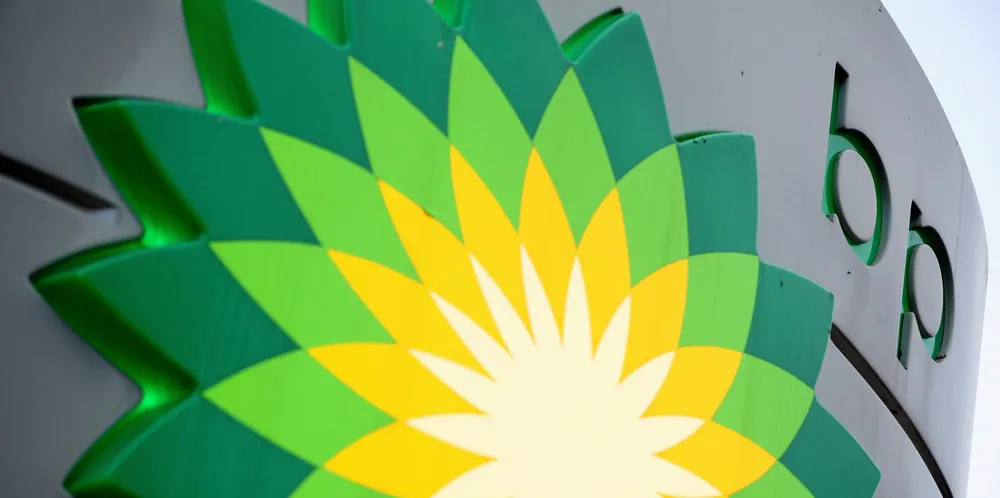BP's 'high complexity' challenge at Asian Renewable Energy Hub green hydrogen mega-plan: CFO
Murray Auchincloss lists securing customers and electrolysers among obstacles to making 26GW project an international green fuels player by 2030

Murray Auchincloss lists securing customers and electrolysers among obstacles to making 26GW project an international green fuels player by 2030
